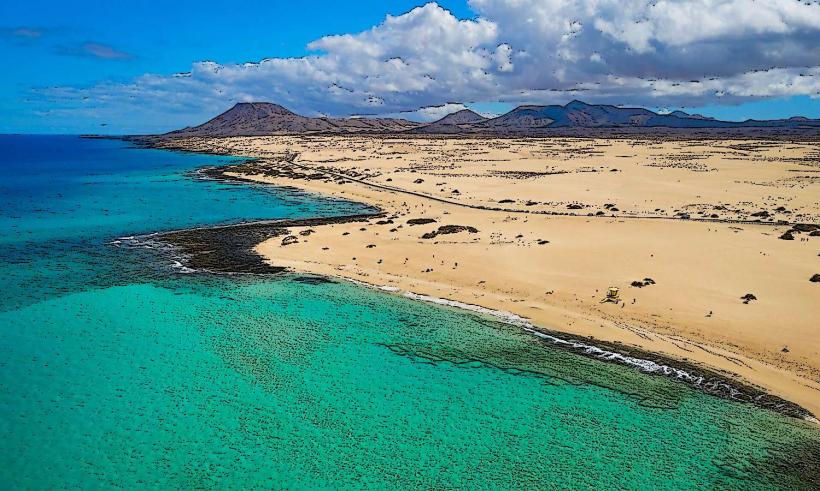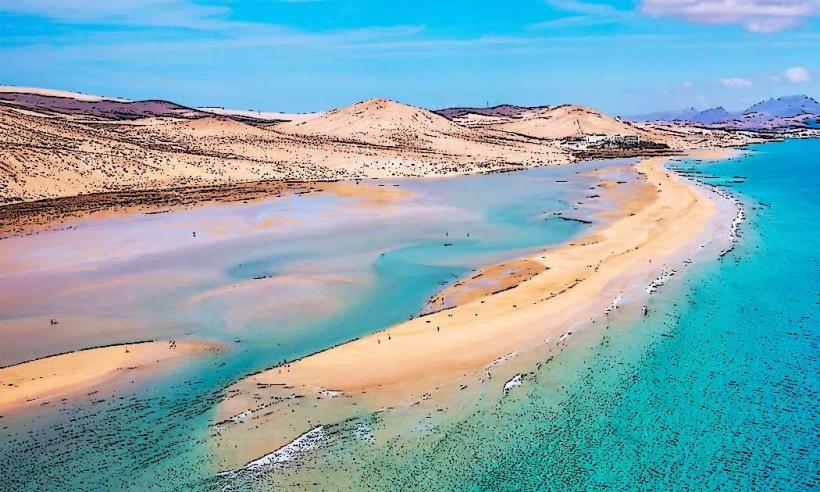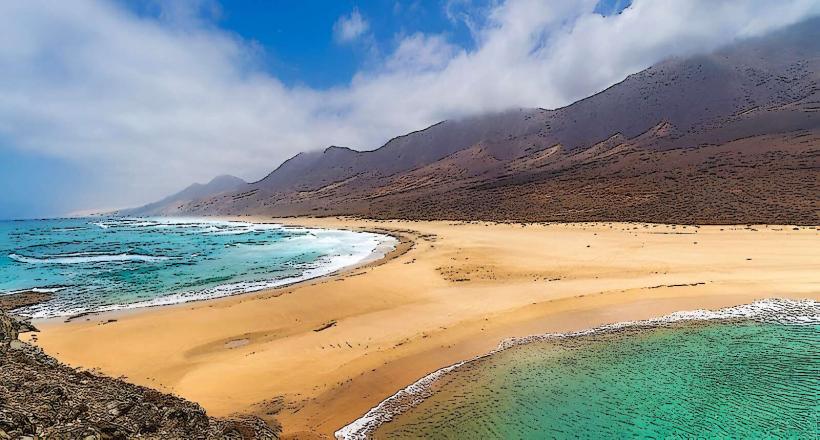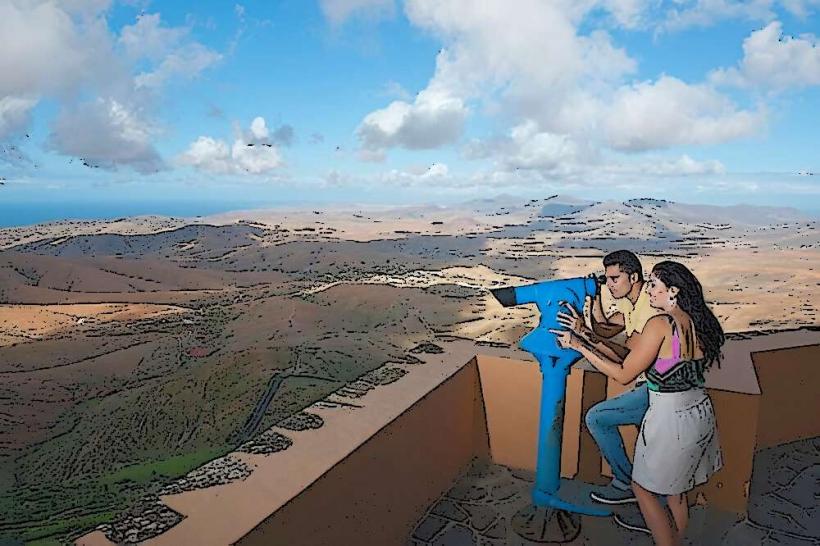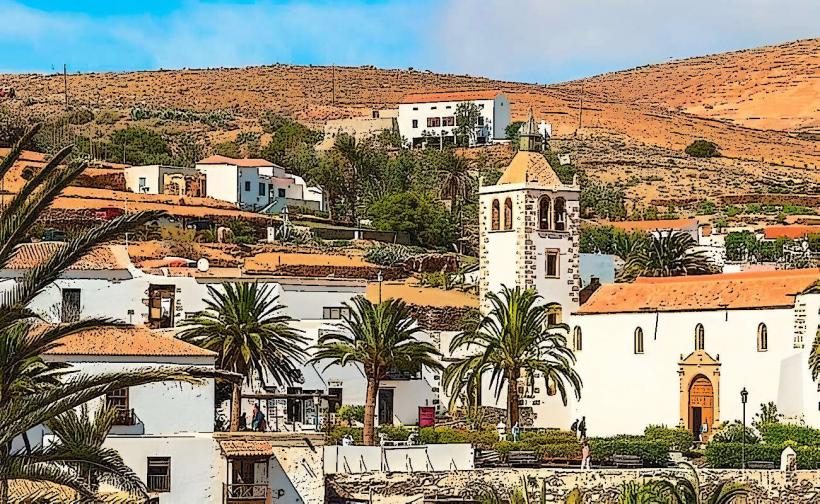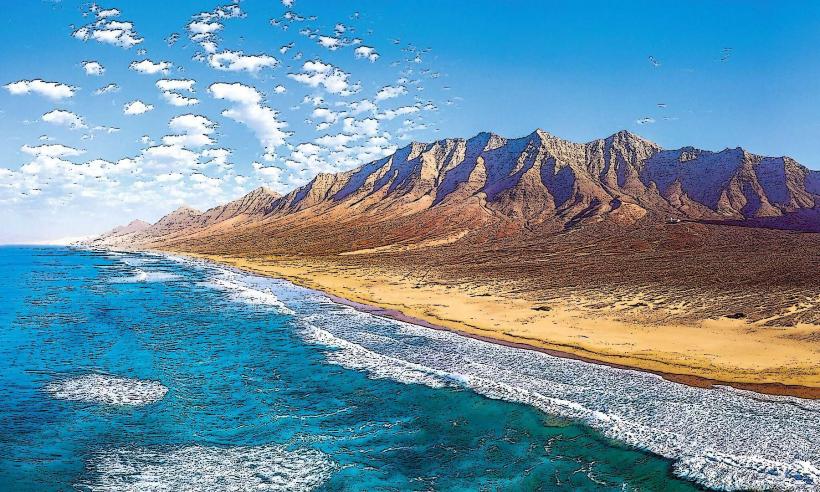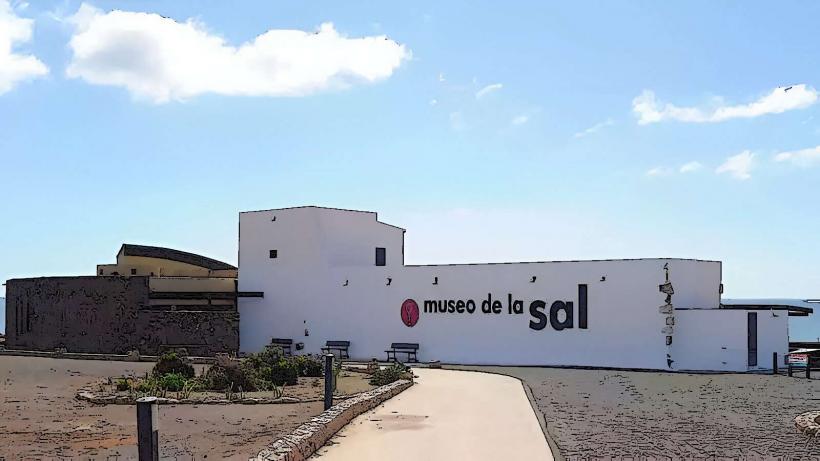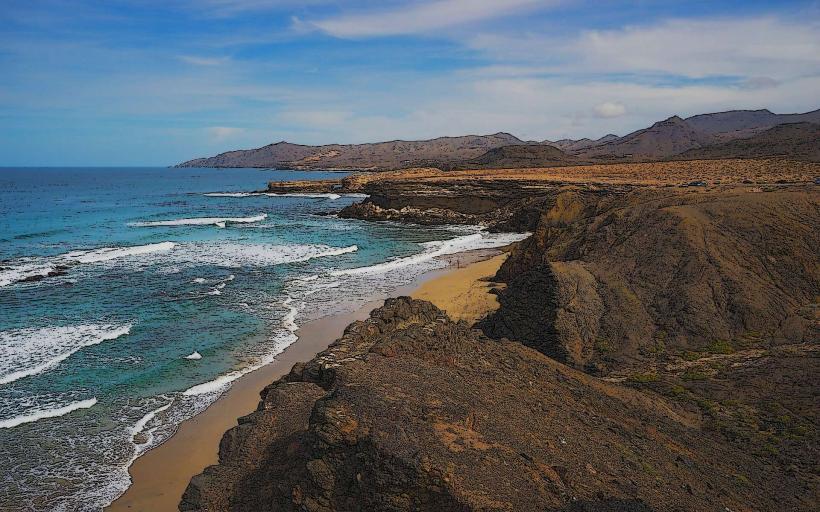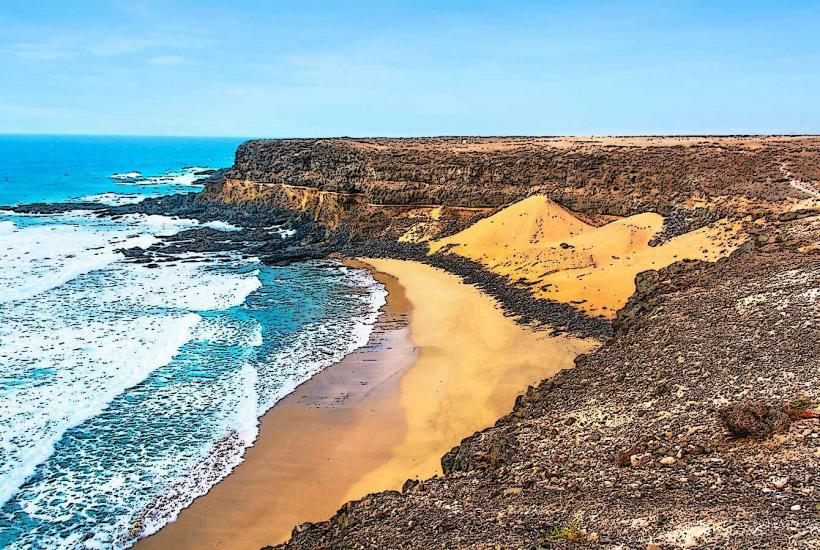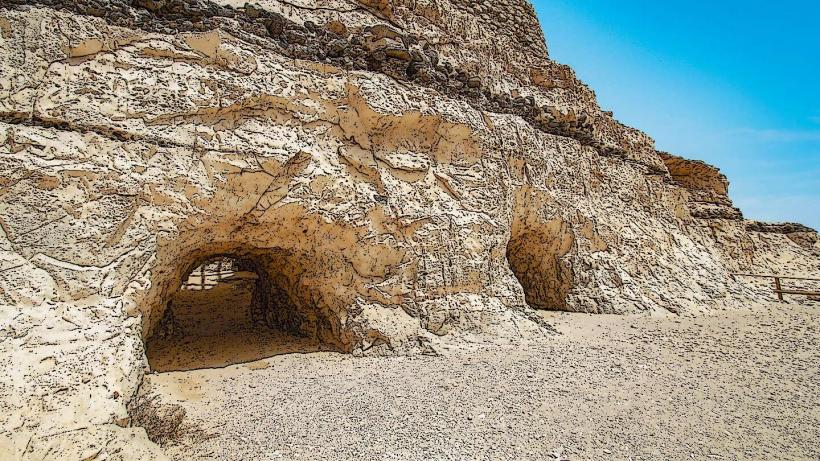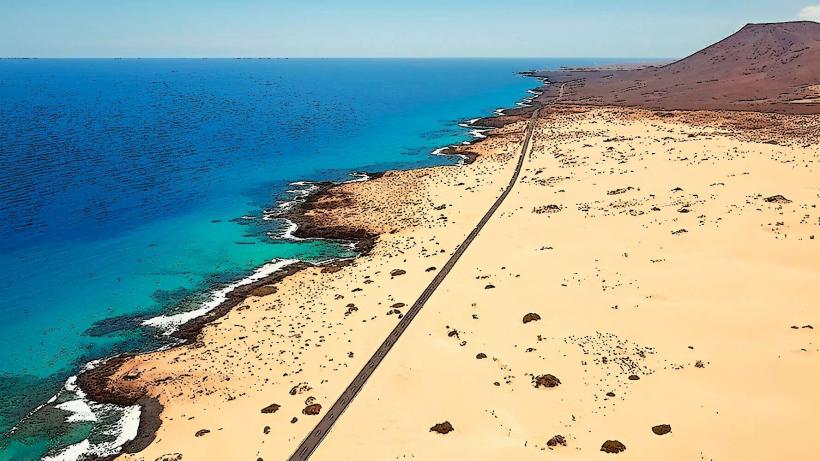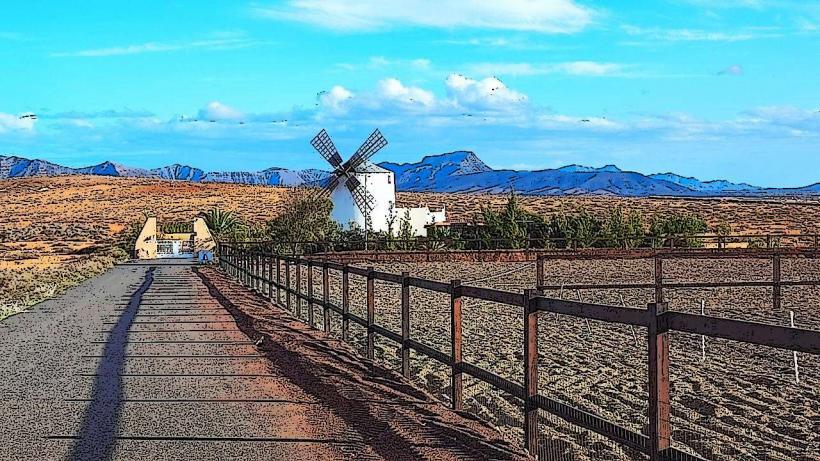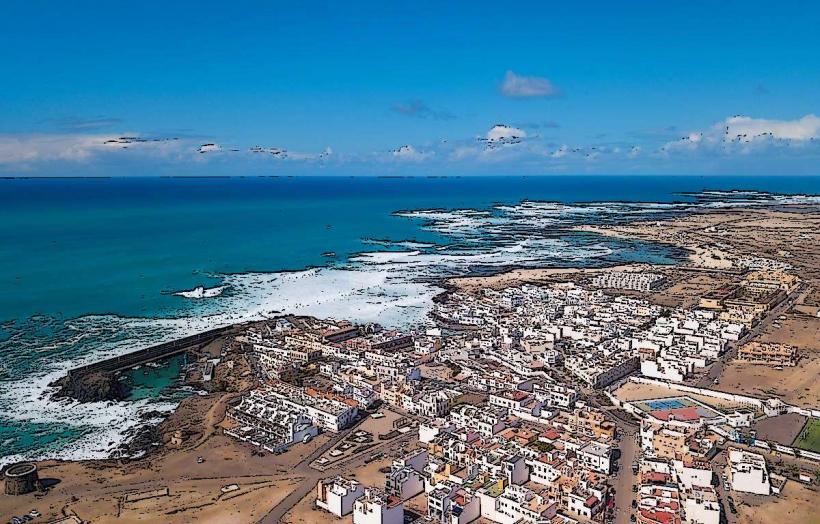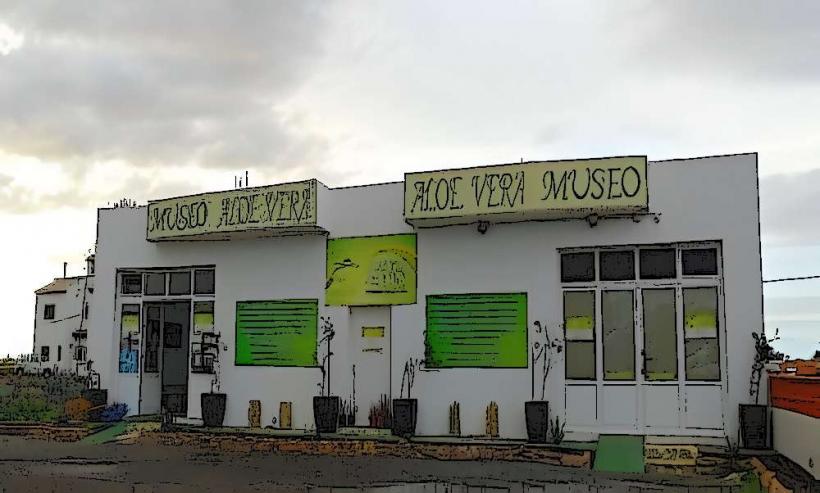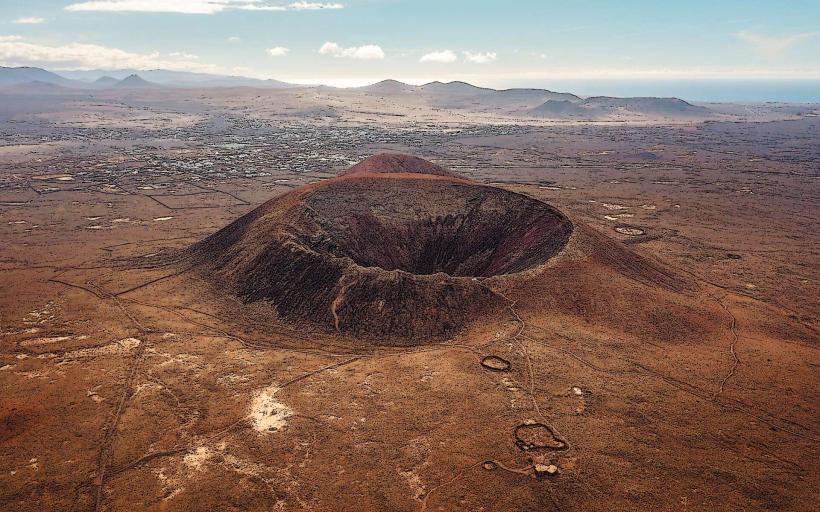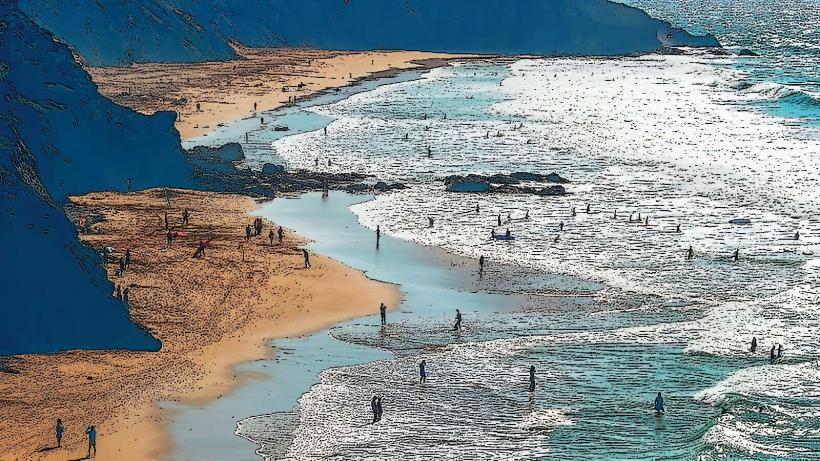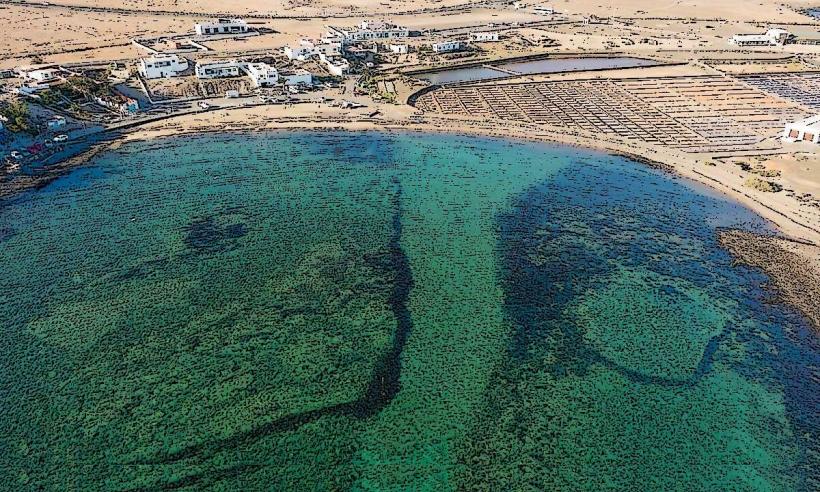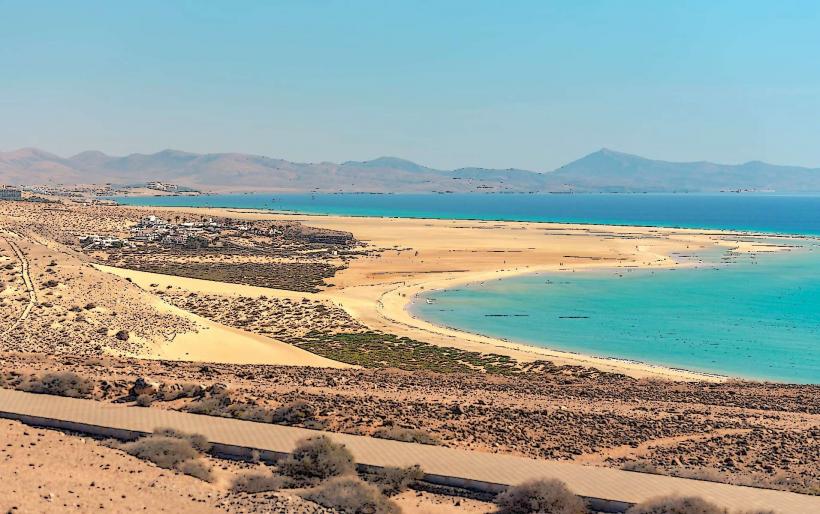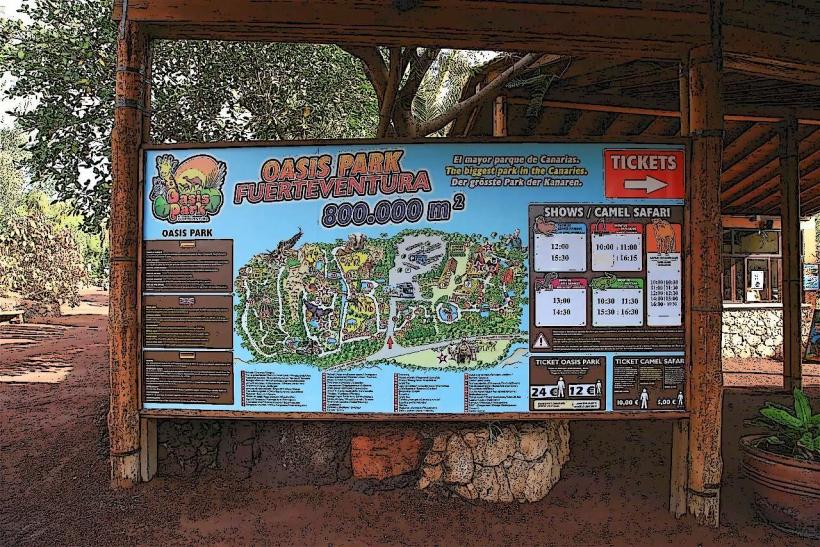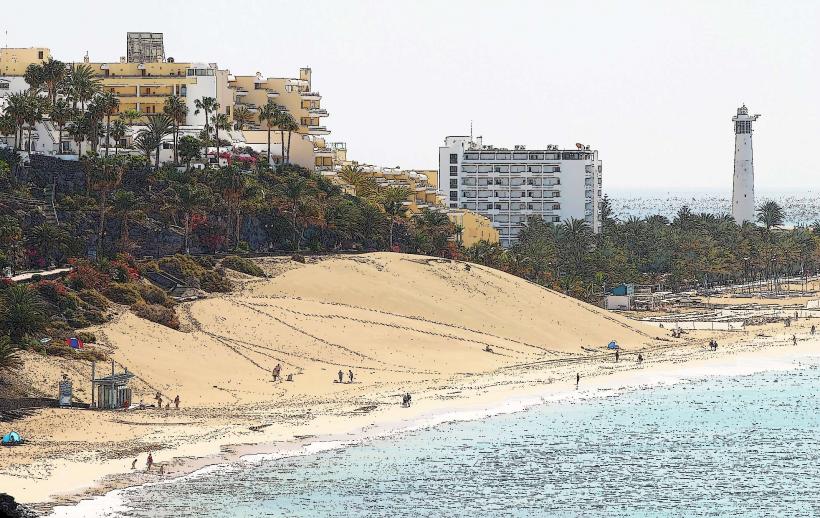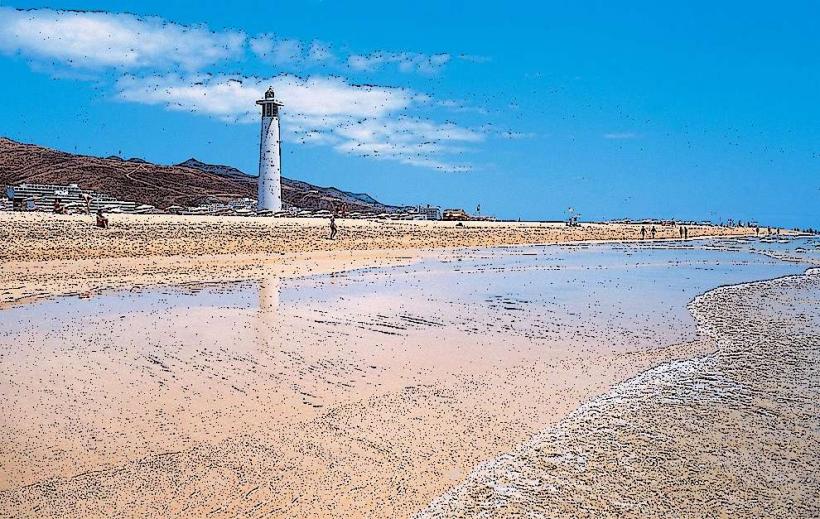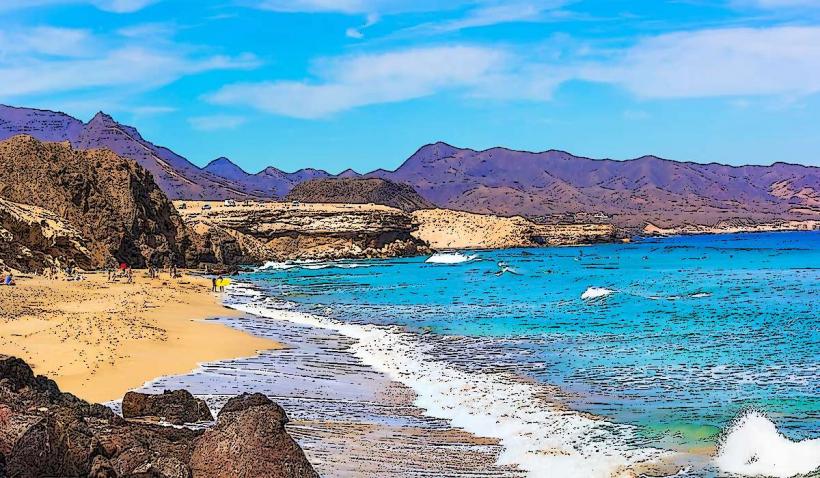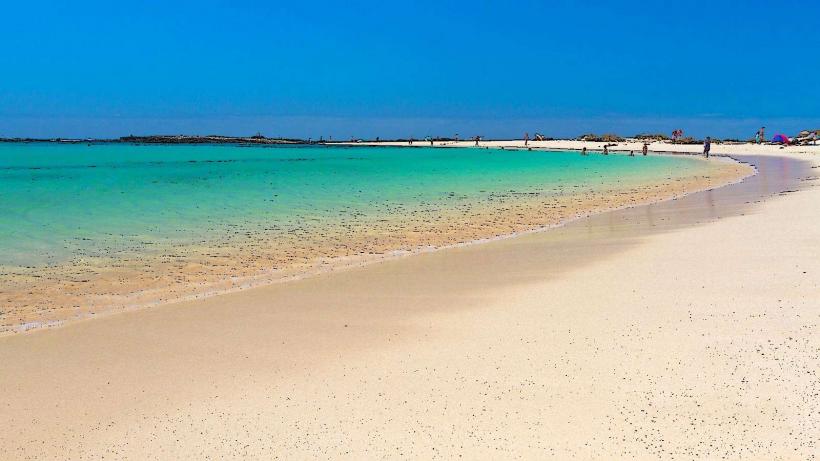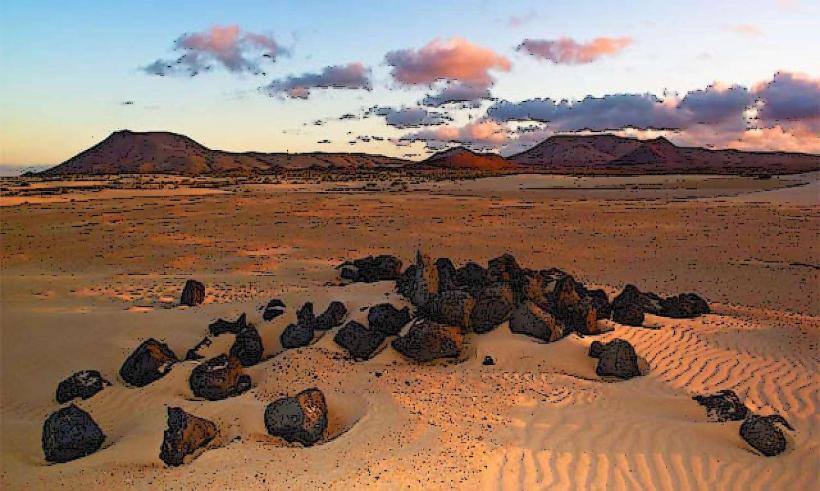Information
Landmark: AntiguaCity: Fuerteventura
Country: Canary Islands
Continent: Europe
Antigua is a small town located in the central part of Fuerteventura, one of the Canary Islands. The town is the administrative capital of the municipality of Antigua, which includes several other small villages and rural areas. Antigua is known for its historical significance, traditional Canarian architecture, and its proximity to both the island's mountainous and coastal landscapes. It offers a more tranquil, rural experience compared to the larger tourist resorts on the island, making it an ideal destination for those looking to experience local culture and natural beauty.
Key Features of Antigua:
1. Historical Significance
- Antigua was historically one of the main settlements on Fuerteventura. It was founded during the 16th century and has since developed into a central town in the island’s agricultural region.
- The town’s name, “Antigua,” is derived from the Spanish word for “ancient,” reflecting its long-standing presence on the island.
- Antigua was a rural farming community, and agriculture (especially goat farming and grain production) played a significant role in the local economy for many years. Though it has become more known for tourism, the town retains much of its traditional character.
2. Historical Landmarks
- Church of Nuestra Señora de Antigua: The town’s most notable historical building is the Church of Nuestra Señora de Antigua (Church of Our Lady of Antigua), which is one of the oldest churches on the island. Built in the 18th century, it combines Canarian and colonial architectural styles. The church is dedicated to the Virgin of Antigua, who is the town’s patron saint, and it plays an important role in local religious and cultural events.
- Antigua Town Square (Plaza de la Iglesia): The town's central square, located next to the church, is surrounded by quaint streets and traditional houses. It is a peaceful place where visitors can enjoy the local atmosphere, with cafes, shops, and scenic views of the church and surrounding countryside.
3. Traditional Canarian Architecture
- Antigua is known for its charming whitewashed buildings with wooden balconies and shutters, typical of Canary Island architecture. The town’s traditional houses are often built using local volcanic stone and feature attractive courtyards and gardens.
- The town maintains a rural and authentic feel, with narrow streets, small squares, and traditional shops, making it a pleasant destination for those wanting to escape the more commercialized parts of the island.
4. Farming and Agricultural Heritage
- Antigua has a deep-rooted agricultural tradition, and goat farming remains a key part of the local economy. Majorero goats, the native breed of the island, produce the famous majorero cheese, which is a protected designation of origin product. The town is home to several small farms where visitors can learn about traditional farming methods and even sample local cheese.
- The agriculture museum in the nearby village of La Matilla is dedicated to preserving the farming traditions of the area and offers exhibits on the history and techniques of agriculture in Fuerteventura.
5. Natural Beauty and Outdoor Activities
- Antigua is surrounded by the stunning landscapes of Fuerteventura, which include rolling hills, volcanic terrain, and desert-like plains. The area is ideal for outdoor activities such as hiking, mountain biking, and birdwatching.
- The nearby Betancuria Natural Park provides an opportunity to explore Fuerteventura’s unique ecosystem and observe its diverse flora and fauna. The park features mountain trails and spectacular viewpoints overlooking the island’s rugged interior.
- Rural hiking trails from Antigua lead through the island’s interior and offer incredible views of both the natural and agricultural landscapes.
6. Local Cuisine and Dining
- Antigua offers a selection of local restaurants and tapas bars where visitors can taste authentic Canarian cuisine. Specialties include gofio (toasted grain flour), papas arrugadas (wrinkled potatoes with mojo sauce), and sancocho (fish stew).
- Majorero cheese, made from the milk of local goats, is a must-try when visiting the town. Many local establishments serve it as part of a cheese platter, often accompanied by local wine or almogrote, a delicious cheese paste spread.
- The town’s restaurants offer both traditional Canarian dishes and more modern options, catering to a variety of tastes.
7. Cultural Events and Festivals
- Fiesta de Nuestra Señora de Antigua: One of the most important events in the town is the Fiesta de Nuestra Señora de Antigua, which is held in August to honor the town’s patron saint. This celebration involves religious processions, folk music, traditional dances, and a carnival-like atmosphere.
- Carnival: Antigua also hosts celebrations for the Carnival, typically held in February or March, featuring colorful parades, costumes, and live music. This is an exciting time to visit if you want to experience local traditions and the festive spirit of the island.
- Feria de Artesanía: The annual Feria de Artesanía (Craft Fair) showcases local artisans and traditional crafts. Visitors can purchase handmade goods, including pottery, textiles, and jewelry, while enjoying local food and music.
8. Proximity to Beaches
- While Antigua itself is an inland town, it is located within easy driving distance of some of the island’s most beautiful beaches. The east coast of Fuerteventura, including Playa de Sotavento, Playa de Costa Calma, and Playa de las Dunas, is just a short drive away.
- The beaches in the surrounding area are famous for their golden sands, crystal-clear waters, and excellent conditions for water sports, including windsurfing and kitesurfing.
9. Access and Transportation
- Antigua is well connected by road to other parts of Fuerteventura. It is about 20 kilometers from Puerto del Rosario, the island’s capital, and roughly 50 kilometers from Morro Jable, a popular beach resort in the south.
- Public transportation is available, with buses running to and from Antigua, but renting a car is recommended for those wanting to explore the island at their own pace and visit the nearby beaches and natural attractions.
- The Fuerteventura Airport (El Matorral) is located just a short distance from Antigua, making it convenient for travelers arriving by air.
10. Best Time to Visit
- The best time to visit Antigua is during the spring (March to May) and autumn (September to November), when the weather is warm but not too hot. These seasons are ideal for exploring the town, hiking in the surrounding areas, and enjoying the local culture.
- The summer months can be quite hot, especially in the inland areas, so visitors should be prepared for higher temperatures. However, the nearby beaches offer a cooler alternative.
Conclusion
Antigua offers a glimpse into the authentic, rural side of Fuerteventura. With its rich history, traditional Canarian architecture, and proximity to the island’s natural and coastal beauty, it is a perfect destination for travelers seeking a quieter, more cultural experience. Whether you’re interested in local cuisine, exploring the island’s countryside, or learning about traditional farming methods, Antigua provides a peaceful and charming base for discovering the essence of Fuerteventura.

